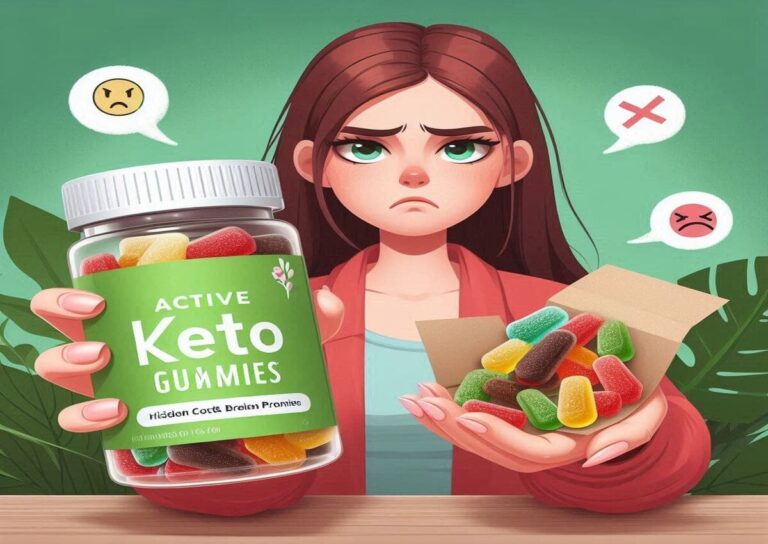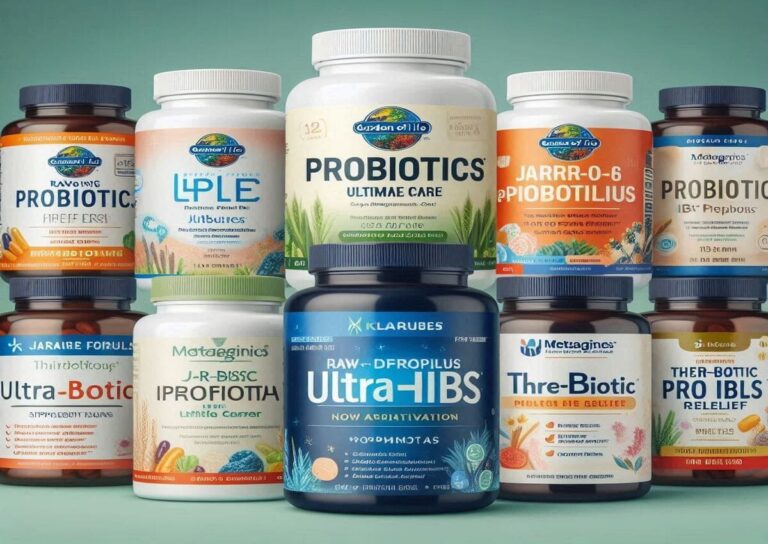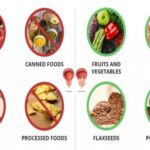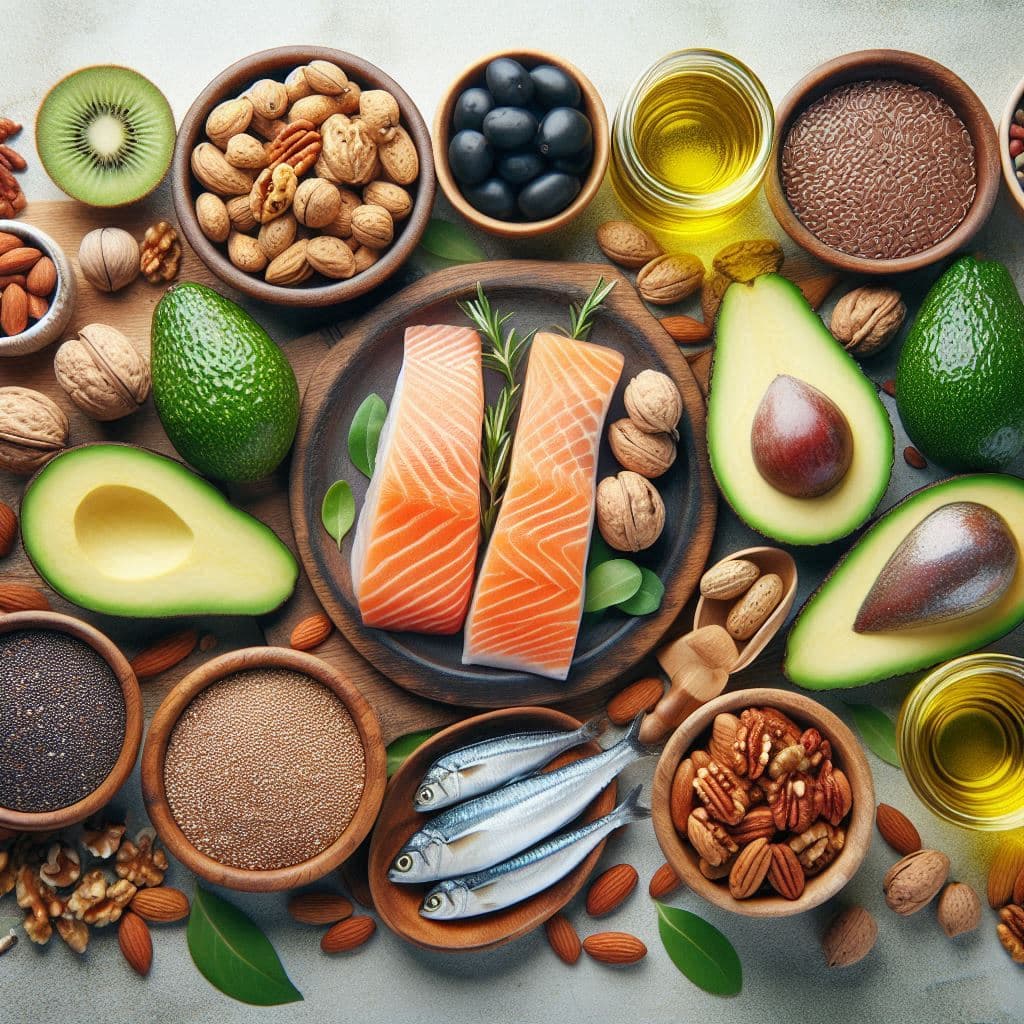
Embracing a healthy-eating plan is the best way to keep your blood sugar level under control and prevent diabetes complications. And if you need to lose weight, a balanced diet is key.
Three areas may help someone with diabetes keep their blood glucose levels in the desired range. These areas include what, when, and how much they should eat.
For people with diabetes, food choices matter a lot. The foods you eat directly affect your blood sugar levels. By picking the right foods and eating the right amounts, you can keep your blood sugar steady. This makes it easier to manage your diabetes and feel better overall.
When you eat is also important. Regular meal times help your body use insulin better, whether it’s from your pancreas or from injections. Spacing out your meals and snacks throughout the day keeps your blood sugar from going too high or too low.
How much you eat plays a big role too. Portion control helps you manage your weight and blood sugar. Eating too much, even of healthy foods, can raise your blood sugar and lead to weight gain.
By focusing on these three areas – what, when, and how much to eat – you can create a diabetes-friendly eating plan that works for you. This plan can help you control your blood sugar, best diabetes meal plan manage your weight, and feel your best.
Also Read: Best Diabetic meal plan for healthy glucos levels and weight loss
Quick Facts:
Here is a quick reference table summarizing the Prediabetes Diet Food List: – What to Eat & What To Avoid for healthy blood sugar levels:
| Category | Foods to Eat | Foods to Avoid |
|---|---|---|
| Vegetables | Non-starchy vegetables (spinach, kale, broccoli, cauliflower, bell peppers) | Starchy vegetables (potatoes, corn) |
| Fruits | Fresh, frozen, or canned fruits without added sugars (berries, apples, pears, oranges) | High GI fruits (watermelon, pineapple, ripe bananas) |
| Whole Grains | Whole grains (brown rice, quinoa, oats, whole wheat bread) | Refined grains (white bread, white rice, pastries) |
| Proteins | Lean proteins (chicken, turkey, tofu, beans, lentils) | Processed meats (bacon, sausages, deli meats) |
| Nuts and Seeds | Unsalted nuts and seeds (almonds, walnuts, chia seeds, flaxseeds) | Salted or sweetened nuts |
| Dairy | Low-fat or plant-based dairy (Greek yogurt, almond milk, soy milk) | Full-fat dairy and sweetened dairy products |
| Healthy Fats | Healthy fats (avocado, olive oil, fatty fish like salmon, nuts) | Trans fats and saturated fats (fried foods, margarine, high-fat meats) |
| Legumes | Beans (black beans, kidney beans, chickpeas) | Canned beans with added salt or sugar |
| Snacks | Healthy snacks (carrot sticks with hummus, apple slices with almond butter) | Sugary snacks (cookies, candy, cakes) |
| Beverages | Water, herbal tea, unsweetened coffee | Sweetened beverages (soda, sweetened coffee drinks, fruit juices with added sugar) |
| Fermented Foods | Fermented foods (sauerkraut, kimchi, yogurt) | Pickled foods with high sodium |
| Sweets | Natural sweeteners in moderation (small amounts of dark chocolate, fruit) | Refined sugars and artificial sweeteners (sweets, candies, sugary desserts) |
| Portion Control | Controlled portions of all foods, balanced plate method | Overeating, especially high GI and processed foods |
| Meal Planning | Balanced meals with a mix of protein, healthy fats, and low GI carbs | Skipping meals, irregular eating patterns |
| Herbs and Spices | Natural herbs and spices (cinnamon, turmeric, basil, oregano) | High-sodium seasonings and mixes |
This simple guide will help you navigate these crucial aspects of managing diabetes through diet.
What is Diabetes?
Diabetes Mellitus is a chronic, metabolic disease characterized by elevated levels of blood glucose (sugar). If not controlled, diabetes can lead to serious complications of the heart, blood vessels, nerves, eyes, and kidneys.
Normally, the pancreas releases insulin, which helps glucose get into the cells to be used for energy. However, this function is impaired in those who have diabetes.
Types of Diabetes
Type 1 Diabetes
Type 1 diabetes, also called insulin-dependent diabetes, is caused by an autoimmune reaction. The immune system attacks the pancreas, damaging the cells that produce insulin. This type of diabetes requires lifelong insulin therapy.
Type 2 Diabetes
Type 2 diabetes is more common and accounts for 90% of all diabetes cases. Here, the pancreas does not produce enough insulin or doesn’t use insulin well.
This results in more glucose in the blood and less reaching the cells, which can be harmful to many organs. Although scary, type 2 diabetes can be reversed with lifestyle changes.
Gestational Diabetes
Gestational diabetes occurs when there is high blood sugar during pregnancy, potentially affecting the mother and the baby. This type usually goes away after pregnancy but can increase the risk of developing type 2 diabetes later in life.
What is Prediabetes?
Prediabetes is a silent health condition that many Americans are unknowingly living with. Blood sugar is higher than normal but not high enough to be considered type 2 diabetes.
Like type 2 diabetes, prediabetes can also be prevented and reversed with lifestyle changes, such as a prediabetic diet and regular physical activity.
What is Glycemic Index?
The glycemic index (GI): is a scale that ranks carbohydrate-containing foods or drinks from 0 to 100, depending on how much they raise blood glucose levels after consumption.
Low GI foods (≤ 55 GI units): are considered better for diabetics due to their slow and steady increase in blood glucose levels.
High GI foods (≥ 70 GI units): increase blood glucose at a higher and faster rate and should be avoided as much as possible for those with prediabetes and type 2 diabetes.
Diabetes Do’s and Don’ts
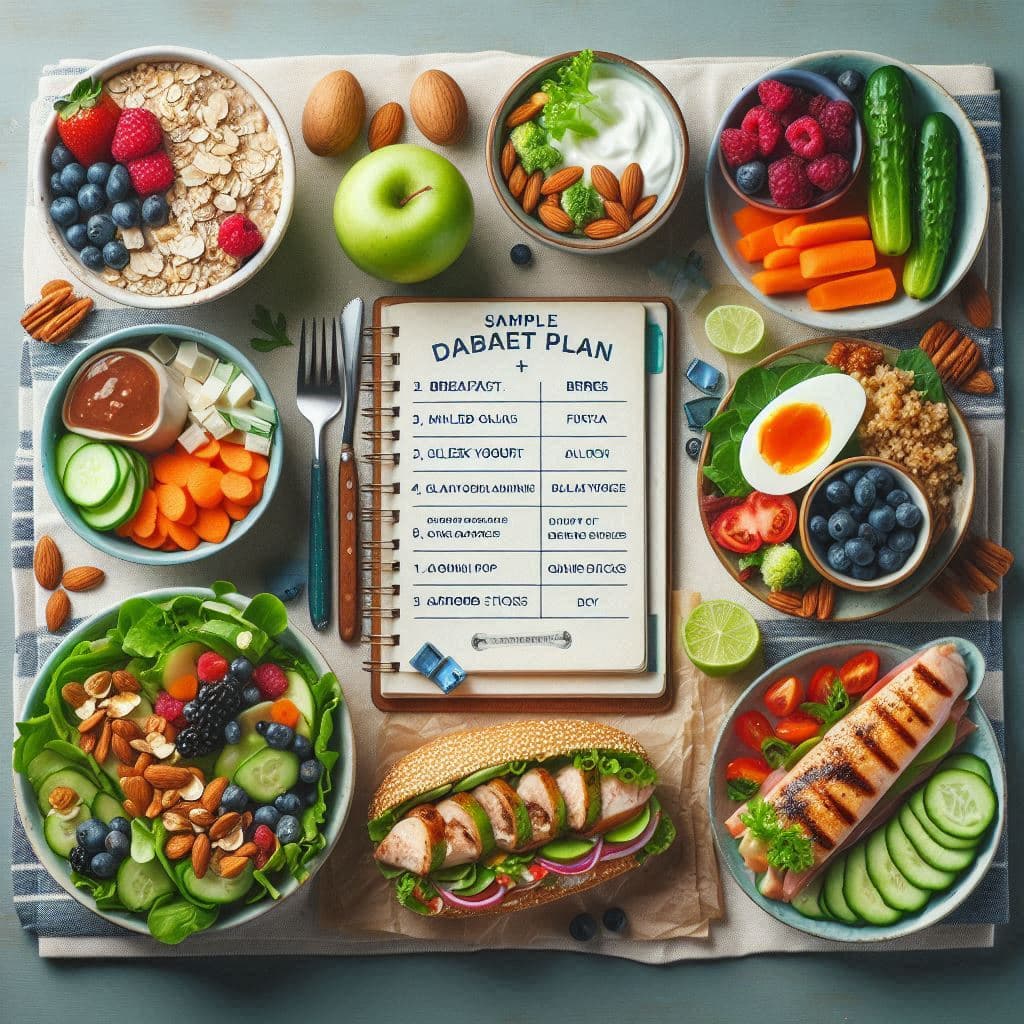
Also Read: Best Diabetic meal plan for healthy glucos levels and weight loss
Foods to Eat
Vegetables
Vegetables are filled with fiber, protein, and nutrients which help to nourish the body, maintain blood sugar, and keep you full. Non-starchy vegetables, in particular, are great for diabetics because they are low in carbohydrates, keeping blood glucose under control.
Fruits
Even though fruits contain carbohydrates, diabetics can still have them. It’s best to choose fruits that are fresh, frozen, or canned without added sugars.
Unsalted Nuts and Seeds
Nuts and seeds should be included in a diabetic diet because they contain magnesium and high levels of beneficial fats. These healthy fats help to improve glycemic control and reduce the risk of heart disease.
Whole Grains
Whole grains are foods with good sources of fiber which can help slow the absorption of glucose in the blood. They are an excellent addition to a diabetic diet.
Beans
Beans are packed with protein and fiber, which have been shown to lower blood glucose levels in diabetics.
Lentils
Lentils are complex carbs, meaning they are high in fiber and digest slowly. They help control blood glucose levels and appetite.
Fermented Foods
Fermented foods are rich in fiber, which can stabilize blood glucose and help in weight loss. They can reduce fasting blood glucose, postprandial blood glucose, glucose intolerance, and insulin resistance.
Eggs
Eggs have a low GI score, are great for your waistline, and are high in protein, which is why they can be included in a diabetic diet. However, it’s important to eat them in moderation as they can affect cholesterol.
Avocados
Avocados have many diabetes benefits, including being low in carbohydrates, high in fiber, and improving insulin sensitivity.
Organic, Grass-fed Animal Protein
Organic, grass-fed animal protein is loaded with complete protein, rich in vitamins and minerals, and contains healthy omega-3 fatty acids, all of which are good for a diabetic diet.
Herbs and Spices
Herbs and spices are great for adding flavor to your dishes. They contain bioactive compounds that can reduce blood glucose and fat.
Foods to Avoid
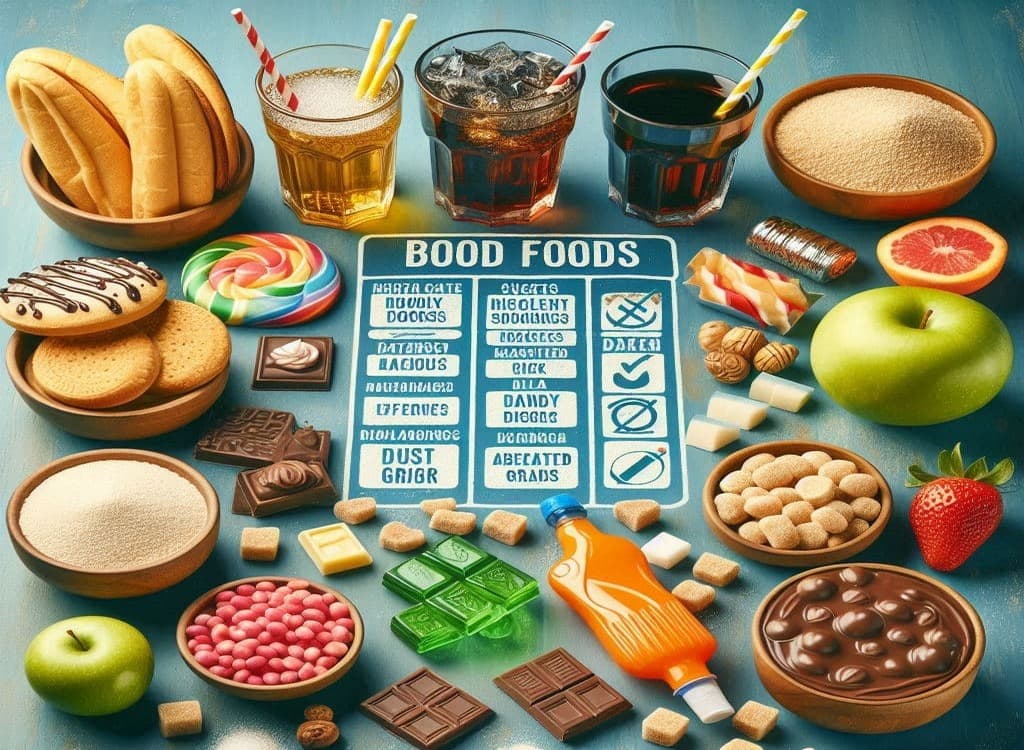
Processed/Refined Carbs
Processed/refined carbs are stripped of almost all fiber, vitamins, and minerals and can be considered empty calories. These are high GI foods that cause rapid spikes in blood sugar levels.
Processed Meats
Processed meats can increase cholesterol and weight, which can be harmful to diabetics.
High GI Fruits
High GI fruits can increase blood glucose quickly, making it difficult to control.
Canned Foods with Added Sodium or Sugar
These can contain hidden sugars and salt, which are detrimental to blood sugar control.
Pre-Packaged, Frozen, and Fast Foods
These often contain hidden sugars, salt, and preservatives, which you should avoid.
Unhealthy Fats
Unhealthy fats are trans fats that are bad for the waistline and heart, especially for diabetics.
Low-Fat Products
Low-fat products tend to replace fat with sugar, which is not ideal for diabetics.
Salty Foods
Salty foods can raise blood pressure in diabetics, putting them more at risk for heart disease.
Sweetened Beverages
Sweetened beverages can create imbalances in a person’s insulin levels.
Alcohol
Alcohol should be consumed in moderation.

What Foods Can Diabetics Eat Freely?
Diet is the cornerstone when it comes to managing blood sugars, which is why it’s important to know what foods diabetics can eat freely and which ones they cannot.
By having a diabetic-friendly food list on hand, you will not only understand what constitutes a diabetic diet but it will also help you stay on track.
The best way to use this list is while grocery shopping or you can pin it to the fridge as a reminder when you go to eat. Additionally, this list of foods can also be used for those who are prediabetic.
The Plate Method and Portion Control
Visual Aid for Portion Sizes
The plate method is a visual aid of portion sizes from the four main food groups presented on an actual plate. It helps create balanced, wholesome meals and can be used as a daily reminder.
The Lifestyle Cure’s Plate Methods
Plate #1: Plant-based, Mediterranean Diet
- Vegetables and Fruits: ½ Plate portion of vegetables and fruit, with 75% being vegetables and the rest fruit.
- Legumes: ¼ Plate portion should consist of legumes.
- Whole Grains: ¼ Plate portion should consist of whole grains.
- Oils, Nuts, and Seeds: Use the fingertip method for portion sizes.
- Herbs and Spices: Use as much as you like.
- Dairy and Dairy Alternatives: Prefer plant-based milk.
- Protein: Get a majority of protein from legumes.
Plate #2: Moderate Carb, Healthy Fat Diet
- Vegetables and Fruits: ½ Plate portion of vegetables and fruit, with 75% being vegetables and the rest fruit.
- Healthy Fats: ¼ Plate portion of healthy fats, oils, nuts, seeds, cheese, pasteurized eggs, fatty fish, grass-fed animals.
- Protein: ¼ Plate portion of organic, grass-fed meat, pasteurized eggs, fermented foods, cheese, fatty fish, tuna, shellfish, legumes, Greek yogurt, nuts, and seeds.
- Water: Drink as much as you want before, during, and after meals.
- Herbs and Spices: Use as much as you like.
- Dairy and Dairy Alternatives: Prefer plant-based milk.
The Role of Supplements in Diabetes Management
While a healthy diet should be your main focus, some supplements may help with diabetes management. However, it’s crucial to talk to your doctor before starting any supplements, as they can interact with medications or affect your blood sugar levels.
Here are some supplements that have shown promise for diabetes management:
- Chromium: This mineral may help improve insulin sensitivity.
- Vitamin D: Many people with diabetes are deficient in vitamin D, which may affect blood sugar control.
- Magnesium: This mineral plays a role in glucose metabolism.
- Alpha-lipoic acid: This antioxidant may help improve insulin sensitivity and reduce diabetes-related nerve pain.
- Cinnamon: Some studies suggest it may help lower blood sugar levels.
Remember, supplements are not a replacement for a healthy diet or prescribed medications. They should be used as part of a comprehensive diabetes management plan under medical supervision.
Measuring Foods
Using your fingertips can be a helpful way to eyeball the appropriate portion sizes for particular types of foods:
- 1 cup of fruit or 1 medium size fruit: Fist
- 1 ounce of meat or cheese: Entire length of thumb
- 3 ounces of meat, poultry, or fish: Palm of hand
- 1-2 ounces of nuts or seeds: Cupped hand
- 1 tablespoon: Tip of thumb
- 1 teaspoon: Tip of finger
Planning Your Meals
Planning your meals is another great way to establish and maintain a diabetic diet. Diabetic Meal planning is the act of thinking ahead of time about what you will eat for the next few days.
Preparing meals before you get hungry has become very popular due to the benefits it has shown for health and wellbeing.
In fact, a 2017 study in France observed that meal prepping among over 40,000 participants was associated with a healthier diet and less obesity. Whenever you have healthier food or snacks on hand, your chances of reaching for something processed or hitting up a fast food joint decrease.
Sample Meal Plan
Below is a sample meal plan for diabetics to use as a guide when deciding what to eat. We’ve come up with three different options for breakfast, lunch, dinner, and two snacks based on items found in the grocery list above.
Breakfast
- Peanut butter and avocado on whole grain toast
- Oatmeal topped with berries and nuts
- Egg and vegetable scramble
Lunch
- Grilled chicken salad
- Quinoa bowl with black beans and veggies
- Lentil soup with whole grain crackers
Dinner
- Baked salmon with quinoa and roasted veggies
- Turkey meatballs with zoodles
- Stir-fried tofu with brown rice and vegetables
Snacks
- Apple slices with almond butter
- Greek yogurt with berries
- Carrot sticks with hummus
Also Read: Best Diabetic meal plan for healthy glucos levels and weight loss
Food as Medicine
Diet is one of the most important factors in managing diabetes. Many people have been able to control their diabetes, and some have even reversed type 2 diabetes, through diet alone.
On the other hand, a poor diet has been linked to the development of diabetes. Therefore, it’s imperative that you view food as medicine.
A diet rich in whole grains, fruits, vegetables, lean protein, and healthy fats will help to stabilize blood sugar levels, allowing you to effectively manage your diabetes.
This diabetic food list is meant to empower you to make healthier food choices, maintain healthy blood sugar levels, and ultimately manage your diabetes.
To further your journey towards health and wellbeing, consider exploring additional resources such as “SMART & Skinny Habits” for more tips and recipes that aid in weight loss and diabetes reversal.
“Diabetic Food List for Healthy Blood Sugar Levels – What to Eat & What You Must Avoid”:
| Category | Foods to Eat | Foods to Avoid |
| Vegetables | Non-starchy vegetables: leafy greens, broccoli, cauliflower, bell peppers, cucumbers | Starchy vegetables in large quantities: potatoes, corn, peas |
| Fruits | Berries, citrus fruits, apples (in moderation) | Dried fruits, canned fruits in syrup, fruit juices |
| Grains | Whole grains: brown rice, quinoa, oatmeal, whole wheat bread | Refined grains: white bread, white rice, regular pasta |
| Proteins | Lean meats, fish, eggs, tofu, legumes | Processed meats, fatty cuts of meat |
| Dairy | Low-fat milk, plain yogurt, cheese in moderation | Flavored yogurts, sweetened milk drinks |
| Fats | Avocados, nuts, seeds, olive oil | Trans fats, excessive saturated fats |
| Beverages | Water, unsweetened tea, coffee without sugar | Sugary sodas, sweetened beverages, alcohol in excess |
| Snacks | Vegetables with hummus, handful of nuts, hard-boiled eggs | Chips, cookies, candy, sugary granola bars |
| Condiments | Herbs, spices, vinegar, mustard | Ketchup, BBQ sauce, sweetened salad dressings |
Key Points:
- Focus on low glycemic index foods
- Control portion sizes
- Spread carbohydrate intake throughout the day
- Combine carbs with proteins and healthy fats
- Stay hydrated with water and unsweetened beverages
- Always read food labels for hidden sugars and carbs
Conclusion on Prediabetes Diet Food List – What to Eat & What To Avoid
Managing diabetes through diet is about more than just avoiding sugar. It’s about creating a balanced eating plan that includes a variety of nutrient-rich foods, controlling portions, and understanding how different foods affect your blood sugar.
By following these guidelines and working closely with your healthcare team, you can effectively manage your diabetes and improve your overall health.
Remember, everyone’s needs are different, so what works for one person may not work for another. It may take some time to find the right balance for you, but with patience and persistence, you can develop an eating plan that helps you manage your diabetes while still enjoying your food.
Lastly, while focusing on a healthy diet is crucial, it’s also important to be prepared for emergencies. Consider keeping a supply of non-perishable, diabetes-friendly foods on hand.
Products like Famine Fight non-perishable food can be a great option for emergency preparedness, ensuring you have access to appropriate nutrition even in unexpected situations.



![Leptozan Weight Loss Supplement: Does It Really Work or Just Hype? 13 Leptozan Weight Loss Supplement: [WARNING!] Just Hype?](https://healthfactsjournal.com/wp-content/uploads/2025/04/leptozan-side-effects-and-benefits-1600x900-1-768x432.jpg)



